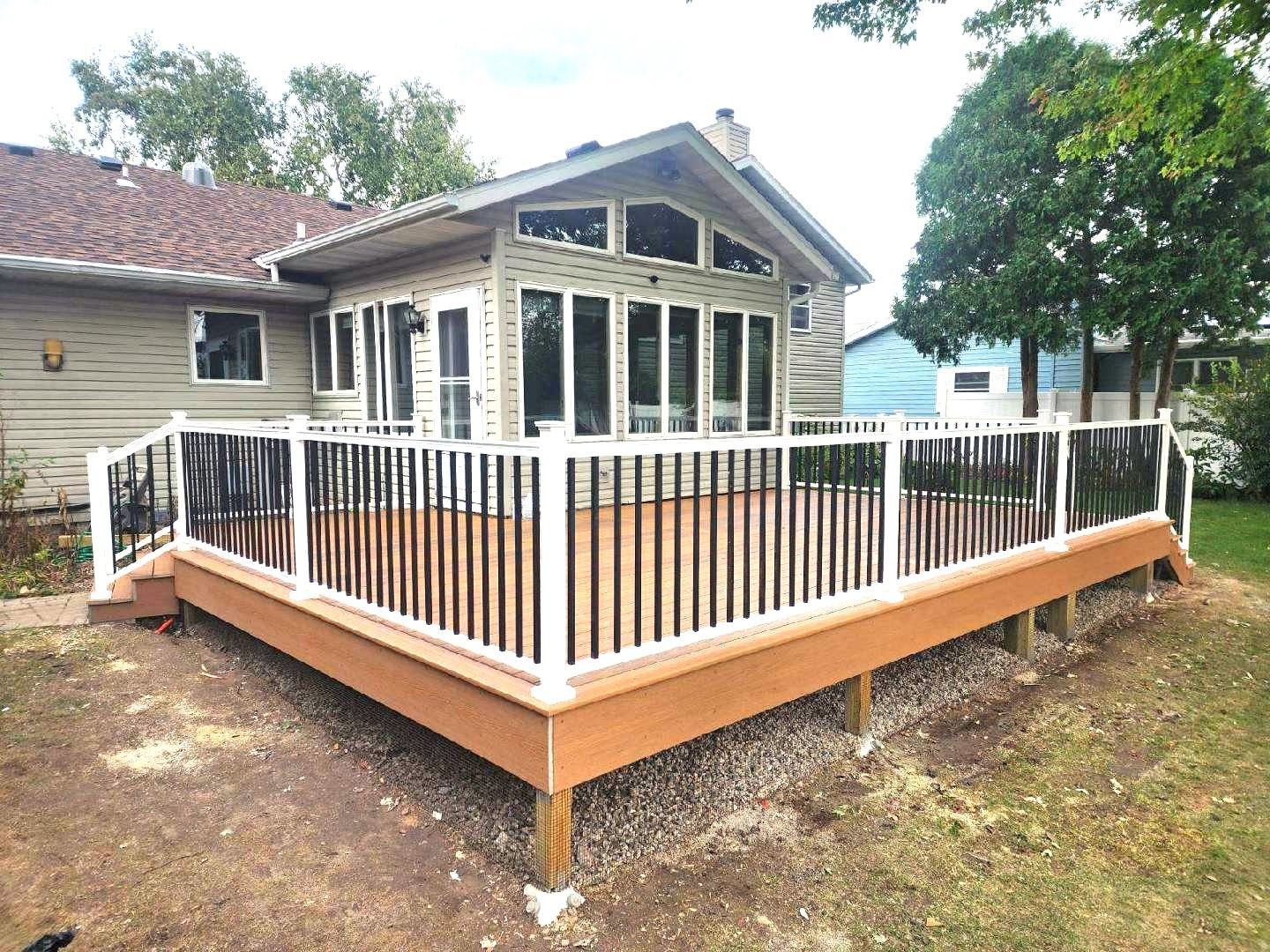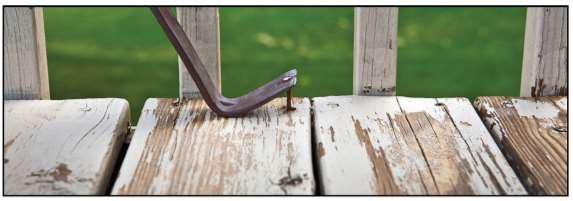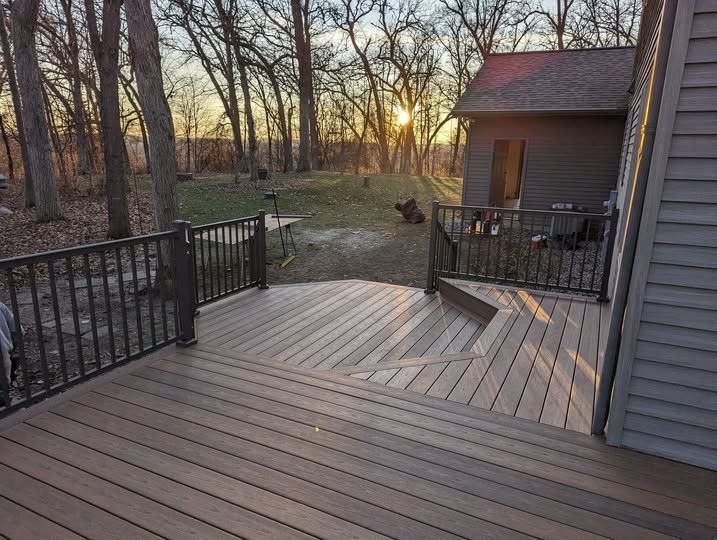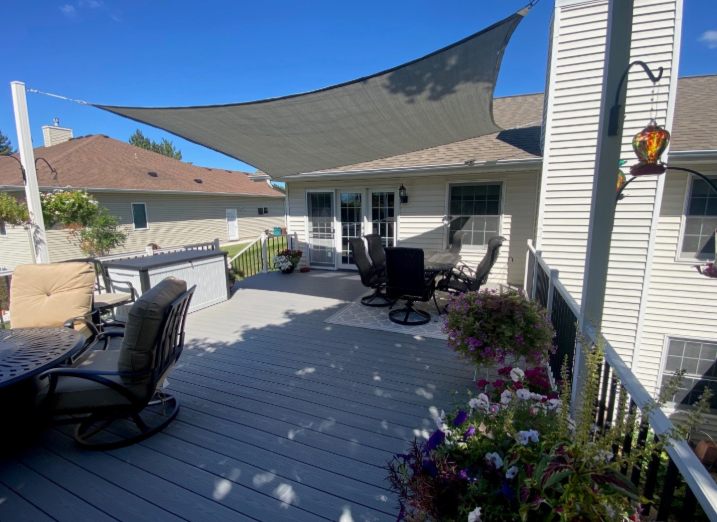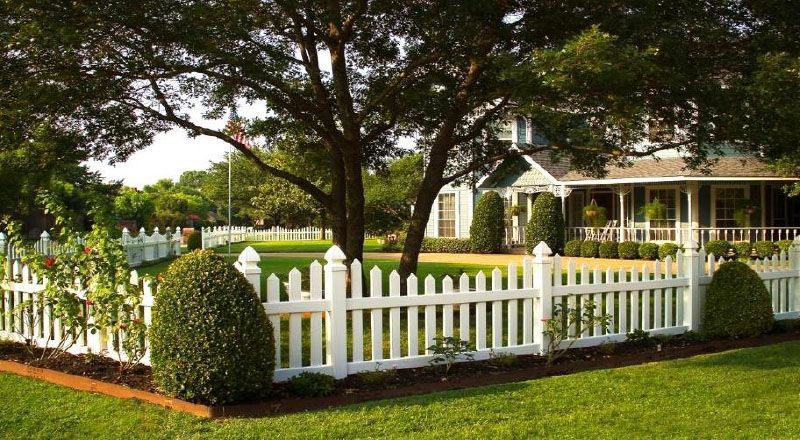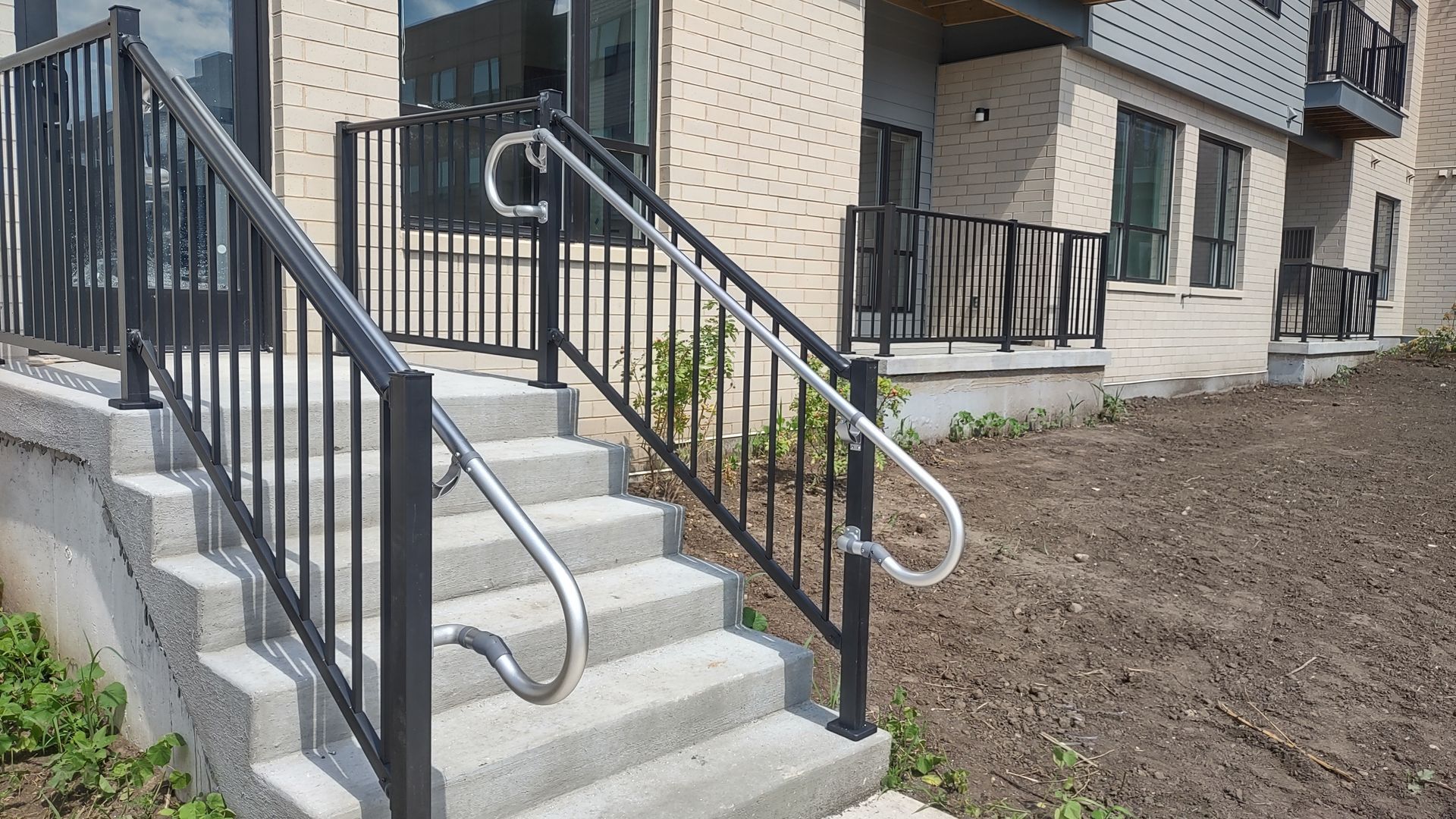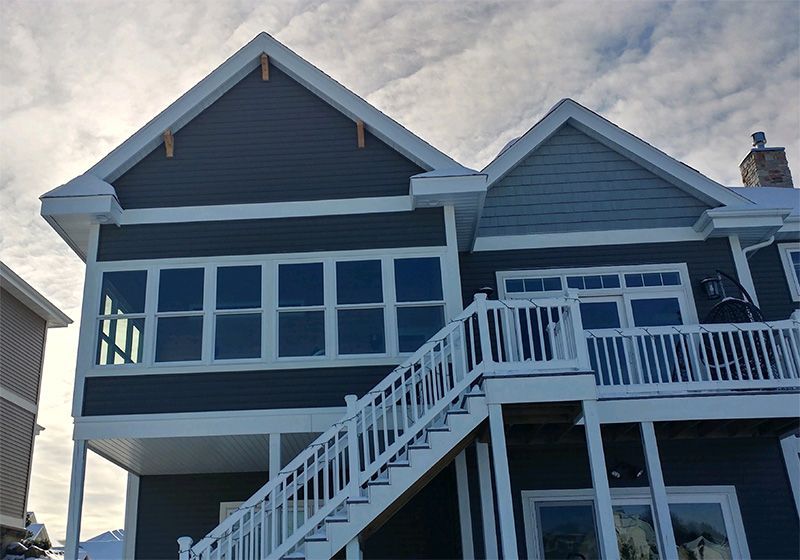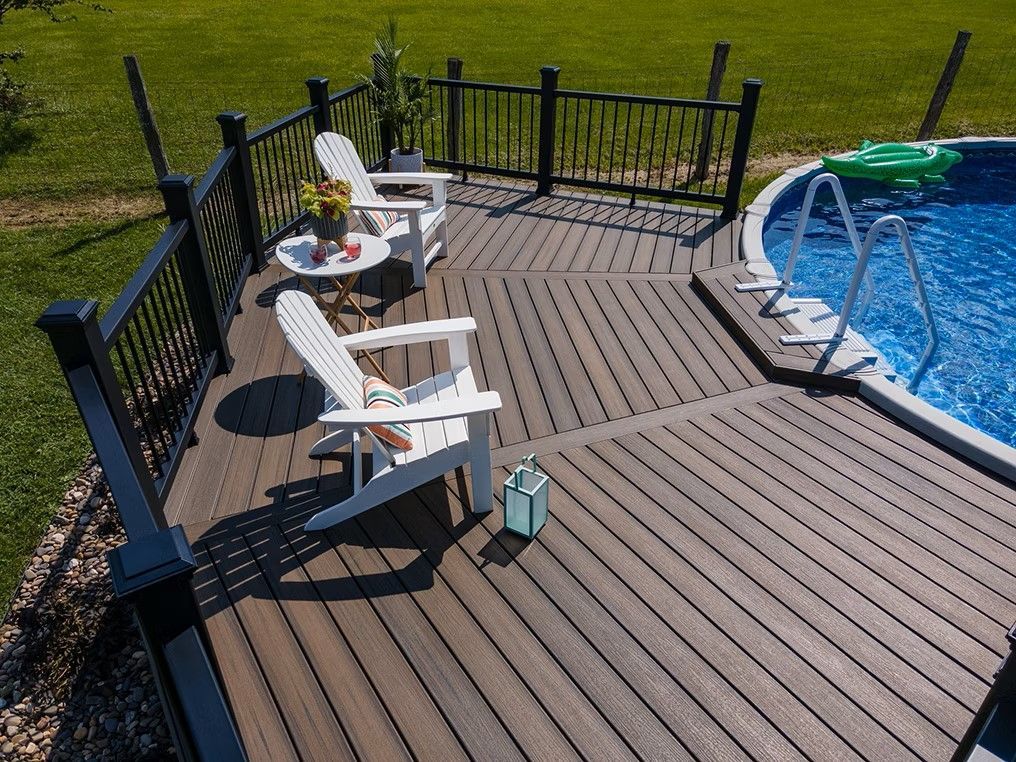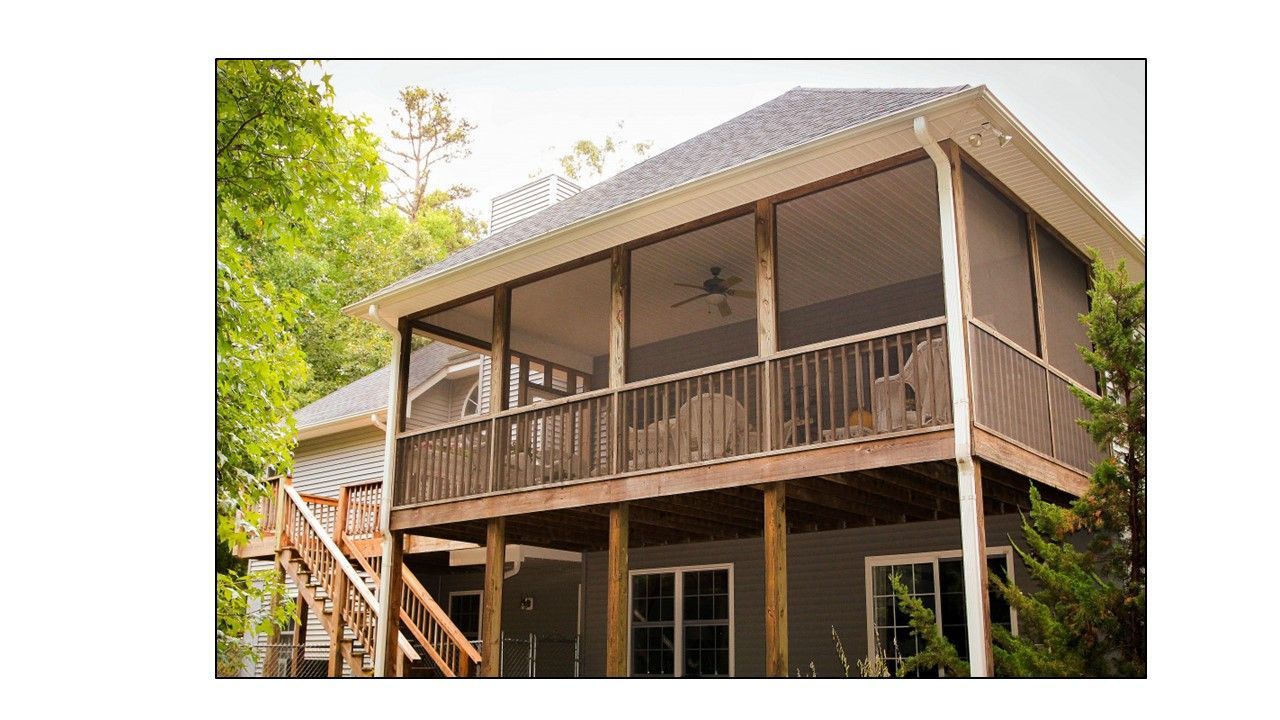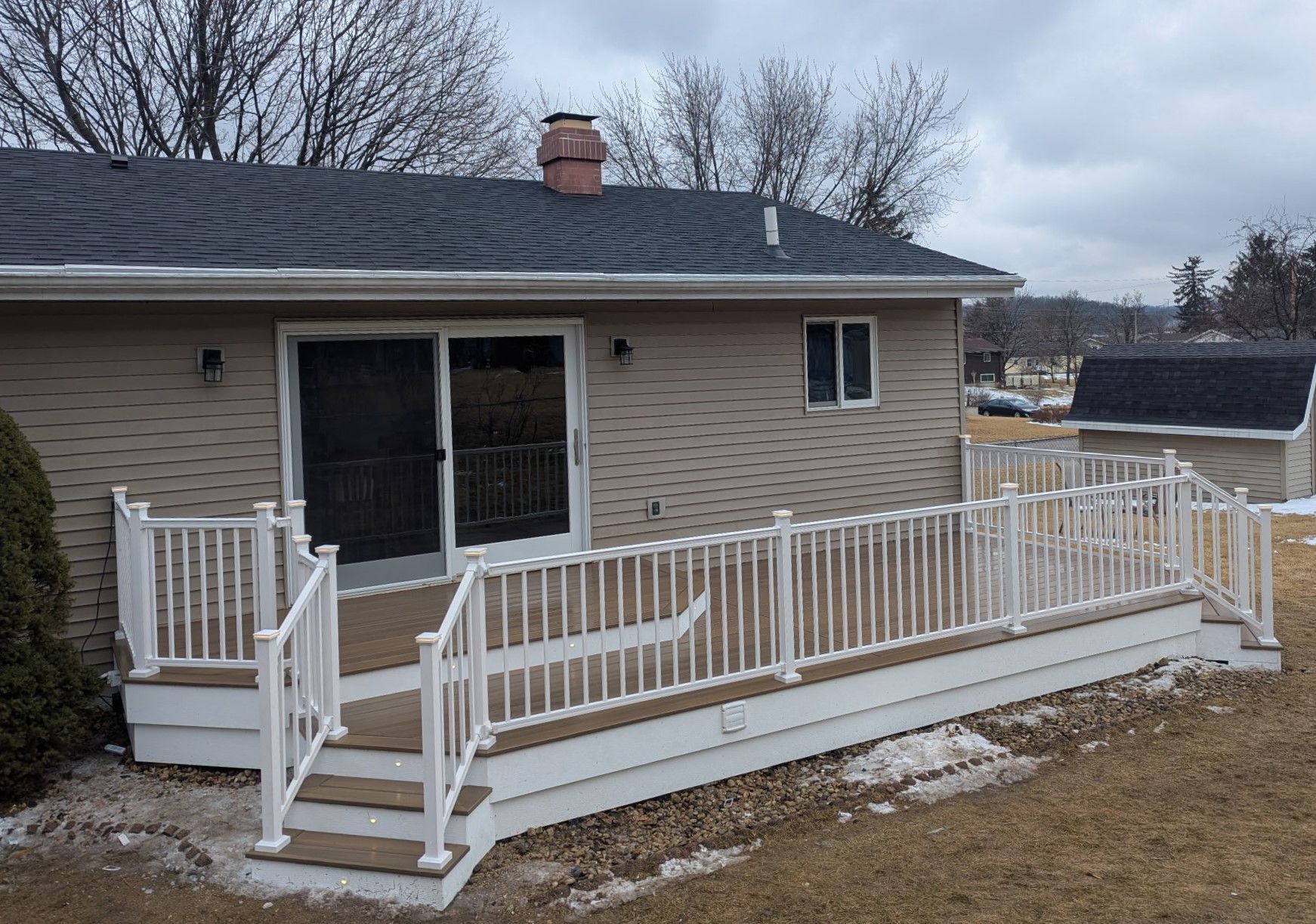How to Choose Your Railing
Before we begin listing the considerations of choosing the correct railings for your deck or stairway, we want to review some of the problems if you choose the wrong type of railing for your project.
The Consequences of Choose the Wrong Railing
- Not Following the Local Building Code—Yes, there are building codes that regulate the type of railing, its installation, and its physical dimensions. A code violation can mean the added expense of correcting the railing. Railings that are not up to code can also leave you vulnerable in case of a personal injury, especially if it comes to court and the code violation is exposed.
- Baluster Spacing is Incorrect – Many railing codes specify the absolute spacing between balusters and these codes address safety concerns. For example, If the gap between balusters is too wide, small children can fall through the railing. Not only can that lead to serious injury to children, but it can also increase the risk of personal injury claims.
- Poor Quality Material for Decking and Railings—Two things affect the longevity of a building project: the quality of labor and the quality of the materials used. Poor quality materials not only lead to premature railing or deck replacement but can also cause citations under the building code, which details the thickness and types of materials that local laws require for building projects.
These are the top three points that illustrate why choosing the right railing and railing material is important. Keep reading as we get into your options for selecting the right railing for your building project.
Choosing the Right Railing for Your Building Project
Step 1: The first step is to understand your local building code when it comes to railings. These laws are going to dictate the dimensions Need a fence? We can help! At Badger State Deck and Railing we are more than decking and railing. We work with a wide range of fencing options to meet any budget or style preference. You can choose from:
--Wood fencing: Classic, customizable and budget-friendly with a natural look
--Vinyl fencing: Low maintenance, long-lasting and easy to clean
--PVC fencing: Affordable, moisture-resistant and lightweight for easy installation
--Aluminum fencing: Rust-resistant, durable and requires minimal maintenance
Learn more about railing options and restrictions and how those both impact your building project by
reaching out to our team. We’re here to help with each step involved in choosing the best railing for your project. Put our expertise to work for you and your project.
